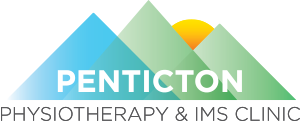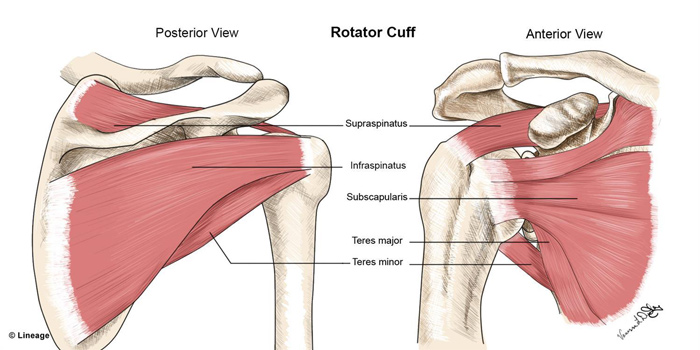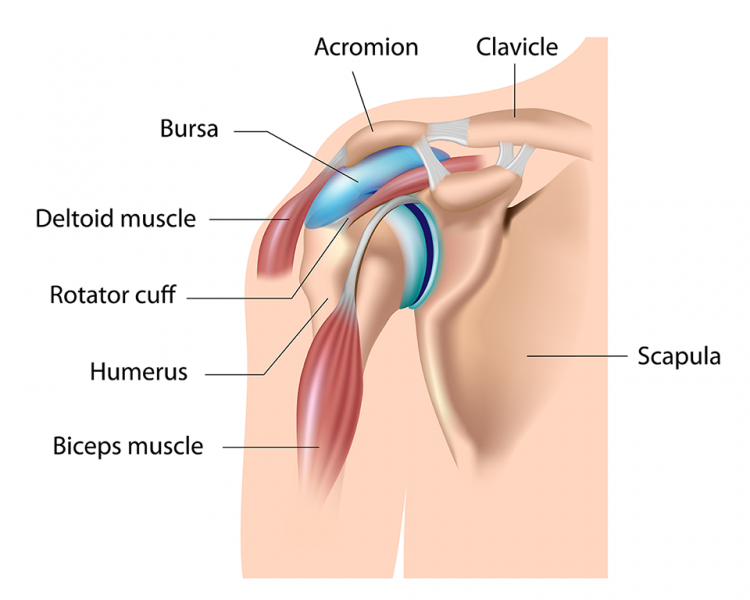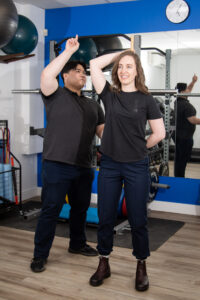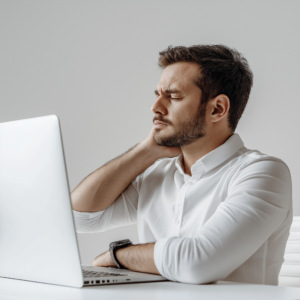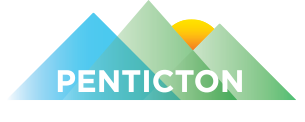What is the Rotator Cuff?
Rotator cuff issues are one of the most common complaints we hear about in our clinic. On a daily basis, we treat people with shoulder pain and explain to people just what is going on with their shoulders. One thing we have noticed over the years is that while people often have heard the term ‘rotator cuff’, most don’t really know what it is, or what it does, so we thought we would write a quick blog post to give you some rotator cuff basics and arm yourself (pun intended 😉) with some information to help you understand what may be happening with your shoulder.
Shoulder joint basics
To understand what the rotator cuff is and what purpose it serves, it is first important to understand a little about the shoulder joint itself. The shoulder joint is where your arm bone (the humerus) attaches into the side of your shoulder blade (the glenoid fossa). It is what is known as a ‘ball and socket joint’; one easy way to visualize it is to imagine a golf ball sitting on top of a golf tee.
As you will be well aware, shoulders generally have a lot of movement (think about reaching your arm behind your back, or high up onto a shelf in front of you). However, because there is so much movement, there is less stability around the shoulder joint to allow for this movement. This is where the rotator cuff comes in.
So, what exactly is the rotator cuff?
The rotator cuff are a collection of 4 muscles which connect around the front, back and side of your shoulder and shoulder blade. They work together to move your arm, and keep the ‘ball’ (of the humerus) in the ‘socket’ (of the glenoid fossa of the shoulder blade). They are essential for moving your arm, and also for keeping the ball of the shoulder joint in its socket. They each have very technical sounding names, and work together to move your shoulder and keep it stable. However, each does have specific movements which it specifically helps with, and are as follows:
- Supraspinatus – located on the side of your upper arm, its main movement is to lift your arm out to the side
- Infraspinatus – located on the back of your shoulder blade, it rotates your arm outwards
- Subscapularis – located on the front of your shoulder blade, it rotates your arm inwards
- Teres Minor – the smallest rotator cuff muscle is located on the outside edge of the shoulder blade, and also helps rotate the arm outwards
Why are rotator cuff injuries important?
As these muscles are so important for the function of our shoulders, when they become problematic it can cause shoulder pain, limitations of arm movement, or issues with other structures in the shoulder.
Common issues include:
- Rotator cuff tears – a rotator cuff tear is where one of the aforementioned muscles is torn, either partially or fully. They often occur following a traumatic event (like a fall, or lifting something too heavy), but can occur spontaneously without any injury (it is common for people above 60 years of age to have tears in their rotator cuff, and not necessarily from any specific injury). Other issues, such as side effects from medication or chronic inflammatory changes in the body, can also cause rotator cuff tears.
- Tendonitis of the rotator cuff – this is where the tendon (the part of the muscle that connects to bone) of one (or more) of the rotator cuff muscles becomes inflamed, often following repetitive movement of the shoulder, trauma, or as a side effect of poor posture.
- Shoulder bursitis – Although not a part of the rotator cuff, a bursa is a fat-filled sac which sits between muscles and bones, and prevents rubbing and trauma of said muscles on bone. However, if the rotator cuff becomes tight or stops working properly, it can exert excessive force on the bursa, which in then can become inflamed and be a source of significant shoulder pain and dysfunction.
How do I resolve my rotator cuff issues?
The shoulder and rotator cuff muscles are complex structures which often require expert examination and evaluation to correctly diagnose the issue. This should then be followed with a diligent treatment plan, often involving specific exercises and hands-on treatment. Our physiotherapists are trained to accurately diagnose and treat your rotator cuff/ shoulder issue, and would be happy to help you with your shoulder problem.
Ready to book?
Check out our online booking portal here
Call our clinic directly at 250-493-1152
